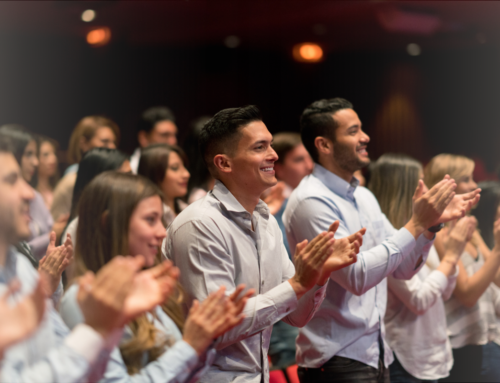For my final blog in this series on body language “quick takes,” I’m going to answer the question I get asked most often by interviewers, audiences, and fellow speaking coaches: how do you show up with authenticity? And what about the irony of practicing that authenticity? Doesn’t that mean that any such ‘authenticity’ will be fake?
Thinking about authenticity in this way mistakes what it is and how it is projected. Authenticity is genuineness. The shortcut we use to determine authenticity in the people around us is consistency in message and body language – does this person appear to mean what she says?
And so the irony is that the more you practice being consistent, the more likely you are to show up that way. When people don’t rehearse, they send out unconscious messages with their bodies that this is the first time I’m doing this. And the body language cues of first-timers overlap with the cues of people who don’t fully mean what they say. Both groups tend to engage in self-protective behavior, because they feel exposed. Both groups telegraph nervousness through agitated body language. And both groups often restrict their own motion and movement by hiding behind a podium, or finding a safe corner of the stage and getting stuck there. The result signals to the audience (unconsciously) that the speaker is not relaxed, fluid, and at ease.
So the way to look authentic is to practice. Your body must get the muscle memory of standing, walking, and talking in the ways that it will during the real event or occasion. If it does, then it can show up with some authority and presence, and the audience will interpret that as authenticity, if the (more comfortable) body language does in fact match the message. And that is the kind of important question that gets answered by rehearsal.
If you rehearse, you and your body can focus on the moment when you’re actually delivering your message. And that greatly increases the chances that you’ll show up as authentic.








Leave A Comment